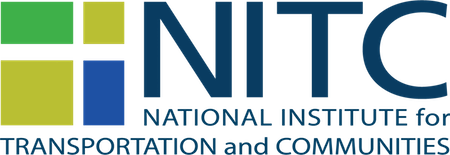TREC research addresses complex transportation problems by drawing on multiple disciplines, including engineering, planning, economics and design, from across the Portland State University campus. Use the search box at right to search for a specific project.
Research Highlights
Smart, Shared, and Social: Enhancing All-Hazards Transportation Recovery Plans with Demand Management Strategies and Technologies
John MacArthur
Natural disasters, acts of terrorism, and other emergency incidents can affect multiple jurisdictions simultaneously. Major disasters, such as earthquakes, create large-scale impacts that require outside assistance even for the most prepared local public safety and emergency management organizations. The cities, counties, non-governmental organizations, and business-sector stakeholders in a region recognize that they all can more effectively respond to emergencies and facilitate recovery of…
Read More
Bridge Seismic Retrofit Feasibility Case Study Utilizing Ductile Fuses
Peter Dusicka
In an effort to increase the seismic resiliency of our transportation network, a performance centric retrofit measure has been developed as part of State funded research and evaluated through to large scale laboratory setting. With an eye toward implementation, this technology transfer proposal aims to conduct a feasibility study on incorporating this retrofit measure with a recently developed ductile fuse technology and applying the retrofit to a real bridge case study. The intent is to…
Read More



